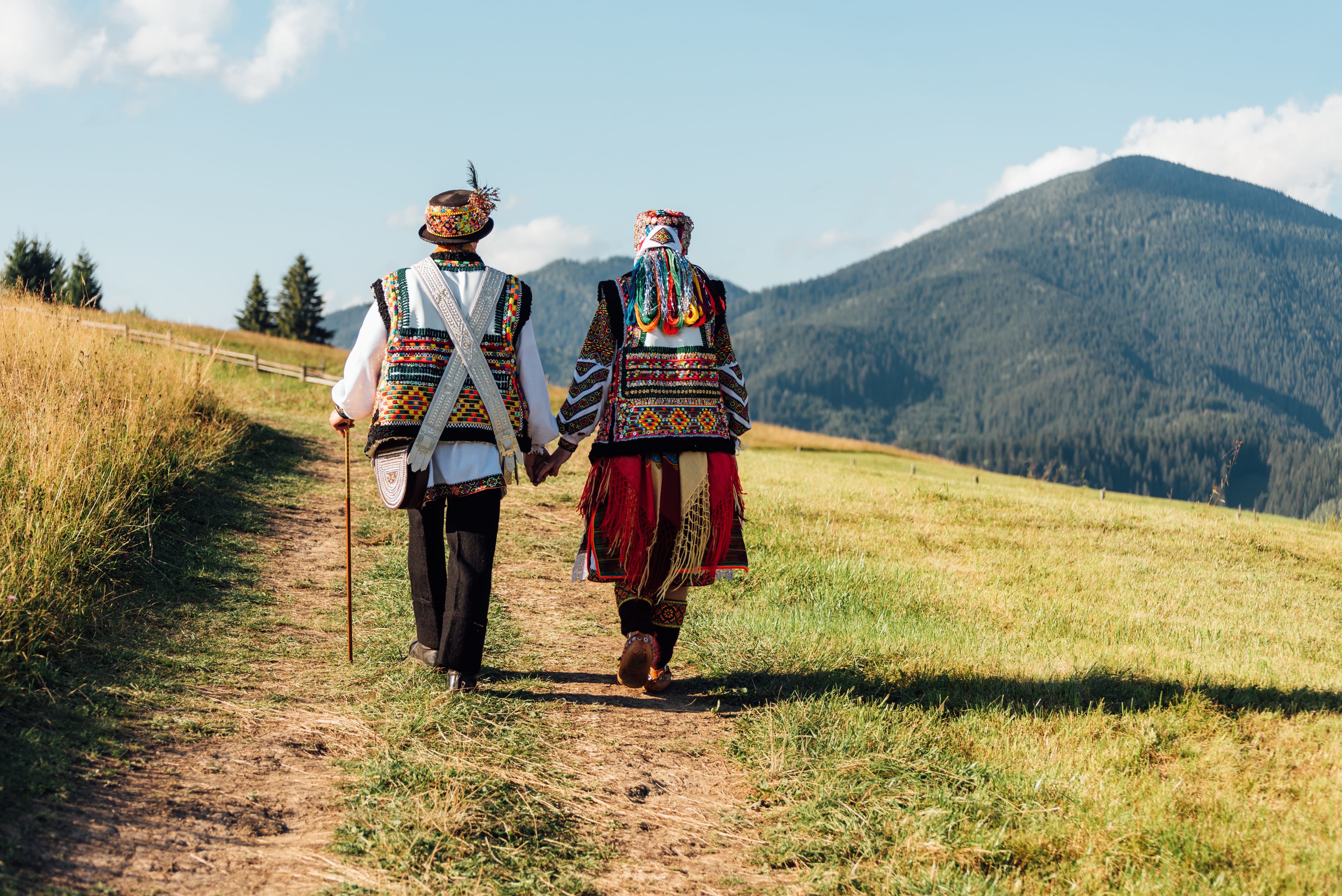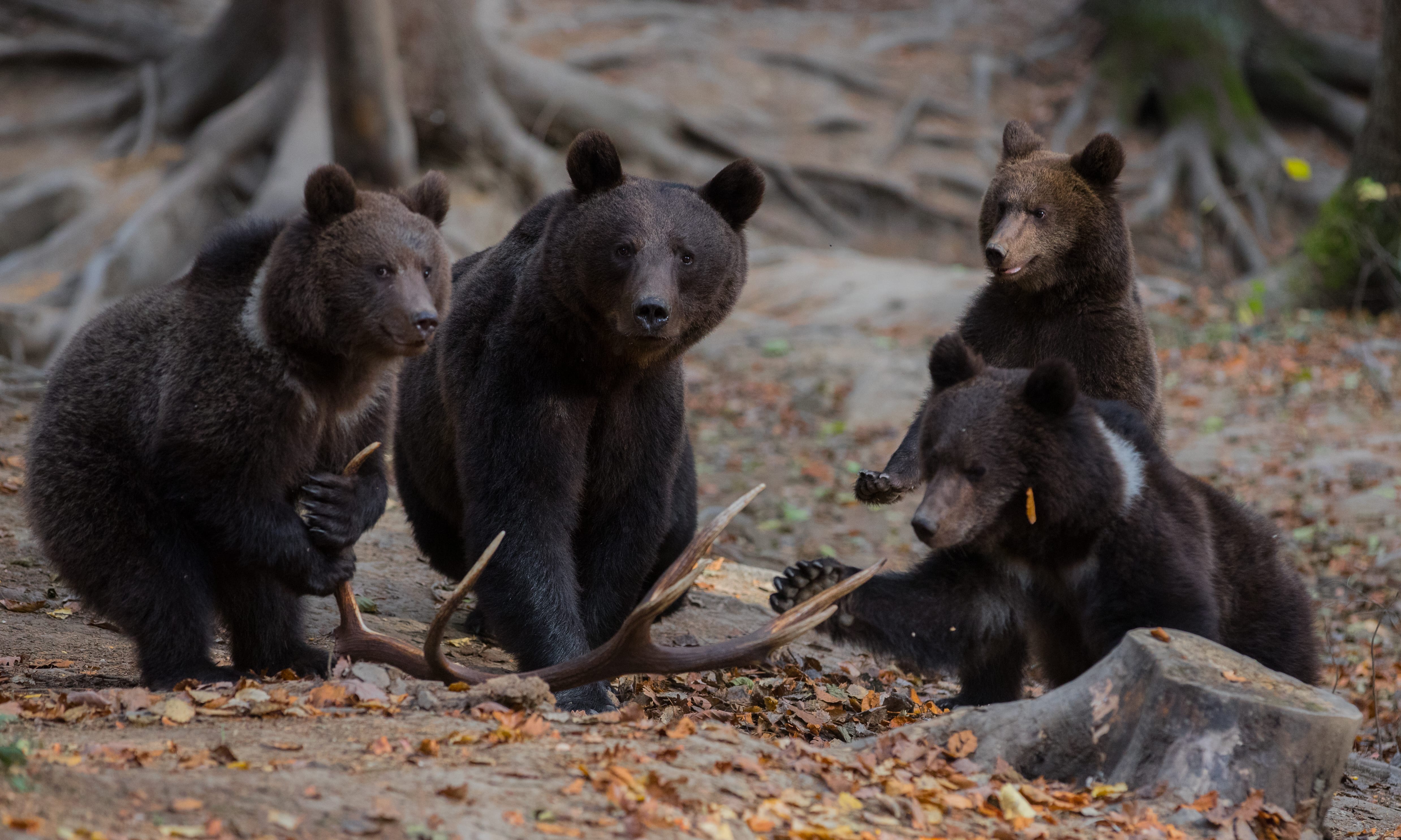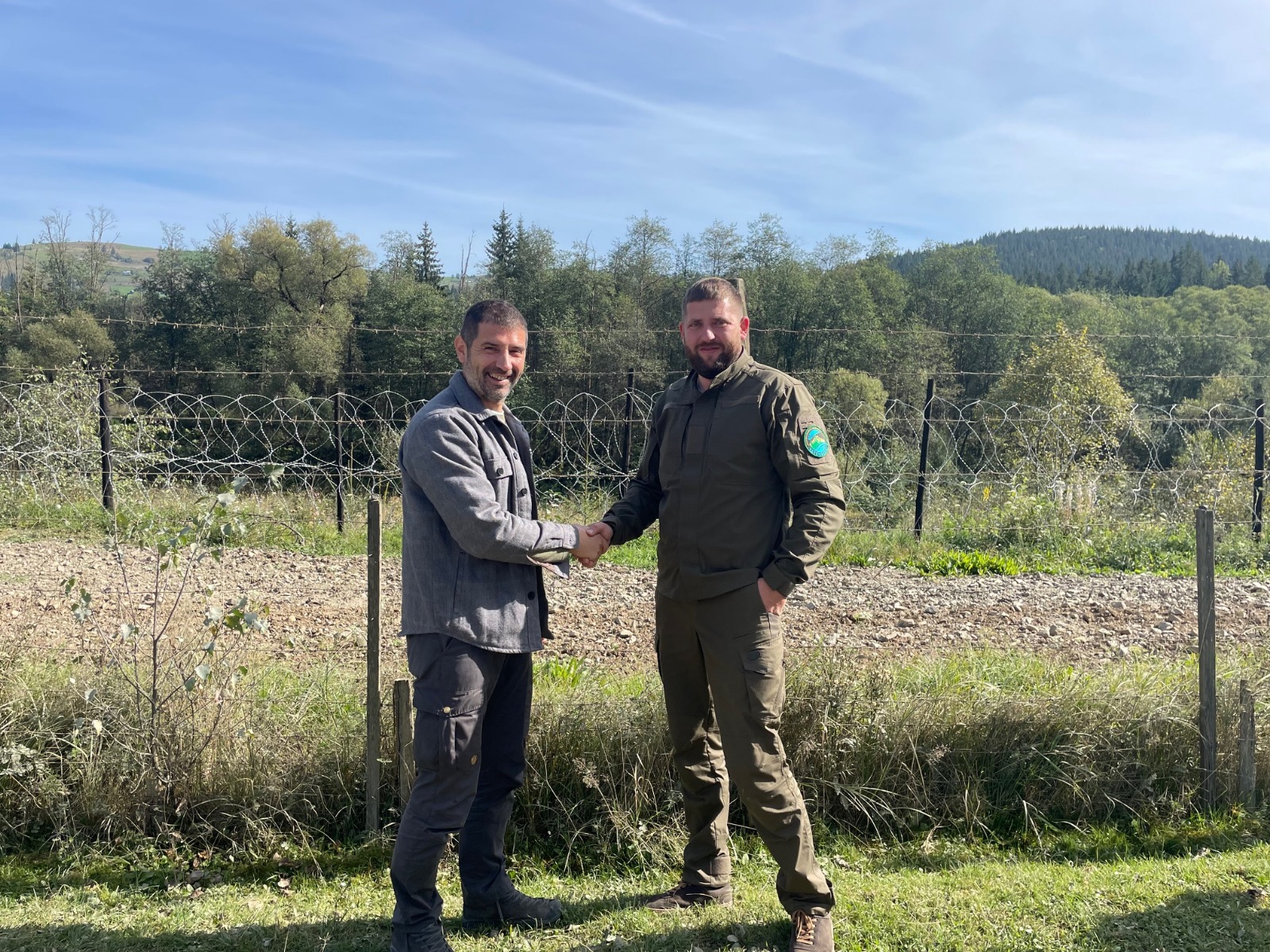Echoes of Tradition: Cultural Heritage in the Carpathians

Beyond its natural beauty, the Carpathian region is rich in cultural traditions and history. Home to diverse communities, including Romanians, Ukrainians, Hungarians, and Hutsuls, the area boasts a tapestry of customs, crafts, and lifestyles that have been preserved for generations.
Traditional Crafts and Architecture
The Carpathians are renowned for their traditional crafts, such as weaving, woodcarving, and embroidery. These crafts are not only artistic expressions but also integral to the cultural identity of the region. The Hutsuls, for instance, are known for their vibrant textiles and intricate woodwork, reflecting a deep connection to their environment and heritage.
Architecturally, the region is distinguished by its wooden churches, many of which are UNESCO World Heritage Sites. These structures exemplify the vernacular architecture of the Carpathians, characterized by the use of local materials and traditional building techniques.
Preserving Intangible Heritage
Efforts to preserve the intangible cultural heritage of the Carpathians are as crucial as conserving the natural landscape. This includes safeguarding languages, music, dance, and oral traditions that are at risk of disappearing. Initiatives like the Carpathian Cultural Route aim to promote and protect these cultural expressions, ensuring they remain a vibrant part of the region's identity.
By celebrating and preserving its rich cultural heritage, the Carpathian region not only honors its past but also builds a resilient and inclusive future.



